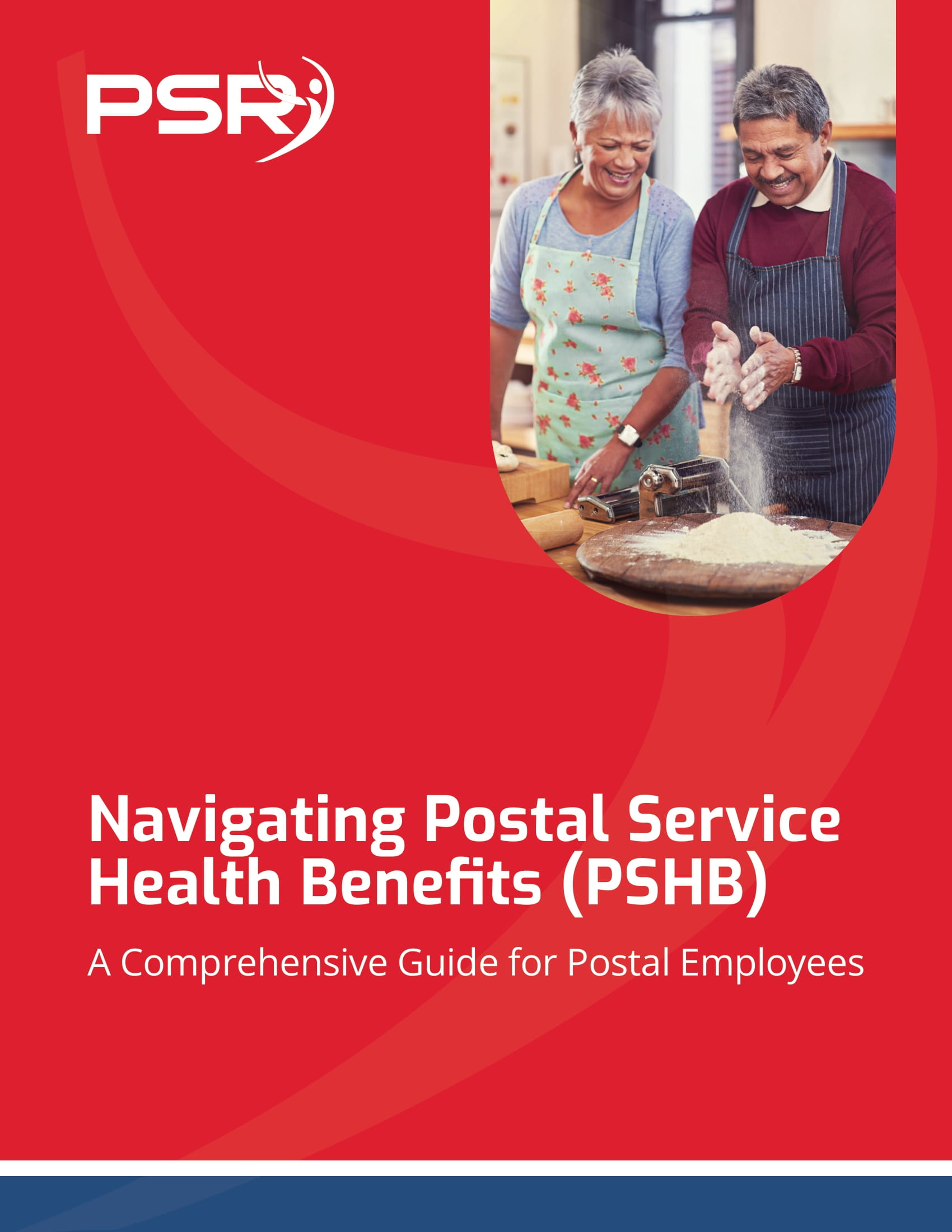Key Takeaways
-
Federal Employees Retirement System (FERS) employees are reevaluating their retirement plans due to changing financial landscapes and shifting priorities in post-career life.
-
Adapting your retirement strategy now can help secure your financial future and align with your evolving personal goals.
Is Your Retirement Plan Ready for the Future?
When it comes to retirement, the landscape for FERS employees is shifting. While FERS provides a solid foundation with its three-part system—your FERS pension, Social Security, and Thrift Savings Plan (TSP)—rising costs and new life priorities have prompted many federal employees to rethink their strategies.
- Also Read: Are You Eligible for the Federal Employee Retirement System (FERS)? Find Out Here
- Also Read: Why TSP Withdrawal Options Might Be More Flexible Than You Think for Federal Retirees
- Also Read: The Top Federal Employee Benefits You Should Be Tapping Into Right Now
The Changing Financial Landscape for FERS Employees
Escalating Costs Require Proactive Planning
Rising healthcare expenses, inflation, and increasing cost-of-living adjustments (COLAs) are major reasons federal employees are rethinking retirement. While FERS retirees benefit from regular COLAs to their pensions, these adjustments don’t always match the true pace of inflation. This gap could shrink your buying power over time, affecting everything from housing to daily necessities.
At the same time, healthcare costs in retirement continue to climb. Even with the Federal Employees Health Benefits (FEHB) program, retirees often face substantial out-of-pocket expenses. Add to that potential long-term care needs, and it’s clear why careful financial planning is essential.
Social Security Adjustments Aren’t Keeping Up
As a FERS employee, you’ll rely on Social Security benefits to supplement your pension and TSP savings. However, the Social Security Administration’s adjustments often lag behind the real cost increases you’ll face. This discrepancy has left many retirees feeling stretched thin, especially those retiring earlier than the full retirement age of 67.
If you’re planning to retire early, you may need to rely more heavily on your TSP or other personal savings, adding pressure to make smart investment decisions today.
Why TSP Choices Matter More Than Ever
Your Thrift Savings Plan is a cornerstone of your retirement, offering tax advantages and long-term growth potential. But recent market volatility has underscored the importance of diversification and risk management.
Reassess Your TSP Allocations
Are you maximizing your TSP contributions? For 2024, you can contribute up to $23,000 if you’re under 50, with an additional $7,500 in catch-up contributions if you’re 50 or older. Beyond maximizing contributions, how you allocate funds—between stocks, bonds, and lifecycle funds—can significantly impact your nest egg.
Lifecycle funds, for example, automatically adjust to become more conservative as you approach retirement. But are they conservative enough? You might need to make additional adjustments based on your unique financial goals and risk tolerance.
Early Retirement Isn’t Always the Goal
MRA+10: Worth the Tradeoff?
Under FERS, you can retire as early as age 57 under the Minimum Retirement Age (MRA) + 10 provision. While this offers flexibility, retiring early comes with a penalty: a reduction of 5% for every year you retire before age 62.
For some, the tradeoff is worth it to enjoy more leisure time. But for others, this penalty could mean thousands of dollars less each year. Consider whether staying a few years longer might better secure your financial future.
The FERS Supplement: A Short-Term Boost
If you retire before age 62, you might qualify for the FERS Special Retirement Supplement. This benefit bridges the gap between retirement and when Social Security kicks in, but it’s not permanent. Once you hit 62, the supplement ends, leaving Social Security and your savings to carry the load.
Make sure you have a plan for when this benefit expires, so you’re not caught off guard.
Healthcare in Retirement: A Growing Concern
One of the biggest uncertainties for retirees is healthcare. While FEHB provides excellent coverage, premiums and out-of-pocket costs often rise in retirement. Coordinating your FEHB benefits with Medicare at age 65 can help, but you’ll need to budget for those additional premiums.
Long-Term Care Insurance: Do You Need It?
With the cost of long-term care skyrocketing, many federal employees are weighing the benefits of purchasing long-term care insurance. These policies can help cover services like assisted living or in-home care, but they come at a cost.
If you’re considering long-term care insurance, shop around early. The older you are when you purchase, the higher your premiums will be.
Lifestyle Changes Impact Retirement Goals
Your retirement isn’t just about finances—it’s about how you want to spend your time. Many FERS employees are shifting their focus toward travel, family, or pursuing second careers.
Part-Time Work as a Retirement Strategy
Working part-time in retirement is becoming a popular way to supplement income while staying active. Whether it’s consulting, freelancing, or a new passion project, part-time work can help you delay drawing down your TSP and Social Security benefits, allowing them to grow further.
Downsizing for Simplicity and Savings
Many retirees opt to downsize their homes to save on maintenance, utilities, and property taxes. Moving to a smaller space or relocating to a lower-cost area can free up resources for other priorities like travel or healthcare.
Steps to Future-Proof Your Retirement
1. Review Your Retirement Benefits Regularly
Make it a habit to revisit your FERS benefits, Social Security projections, and TSP performance. Regular check-ins can help you adjust your strategy as your goals and circumstances evolve.
2. Work with a Financial Advisor
If you’re feeling uncertain about your retirement plans, consulting a financial advisor who specializes in federal benefits can provide clarity. They can help you optimize your TSP, plan for taxes, and create a withdrawal strategy that minimizes risks.
3. Plan for the Unexpected
Emergencies like medical issues or economic downturns can derail even the best-laid plans. Building an emergency fund and maintaining flexibility in your strategy will help you stay on track, no matter what comes your way.
Where Will Your Retirement Take You?
Rethinking your retirement strategy isn’t just about adapting to external changes—it’s about creating a plan that aligns with your evolving priorities. Whether it’s maximizing your TSP, balancing healthcare costs, or exploring new life goals, the steps you take today will shape the retirement you’ll enjoy tomorrow.









